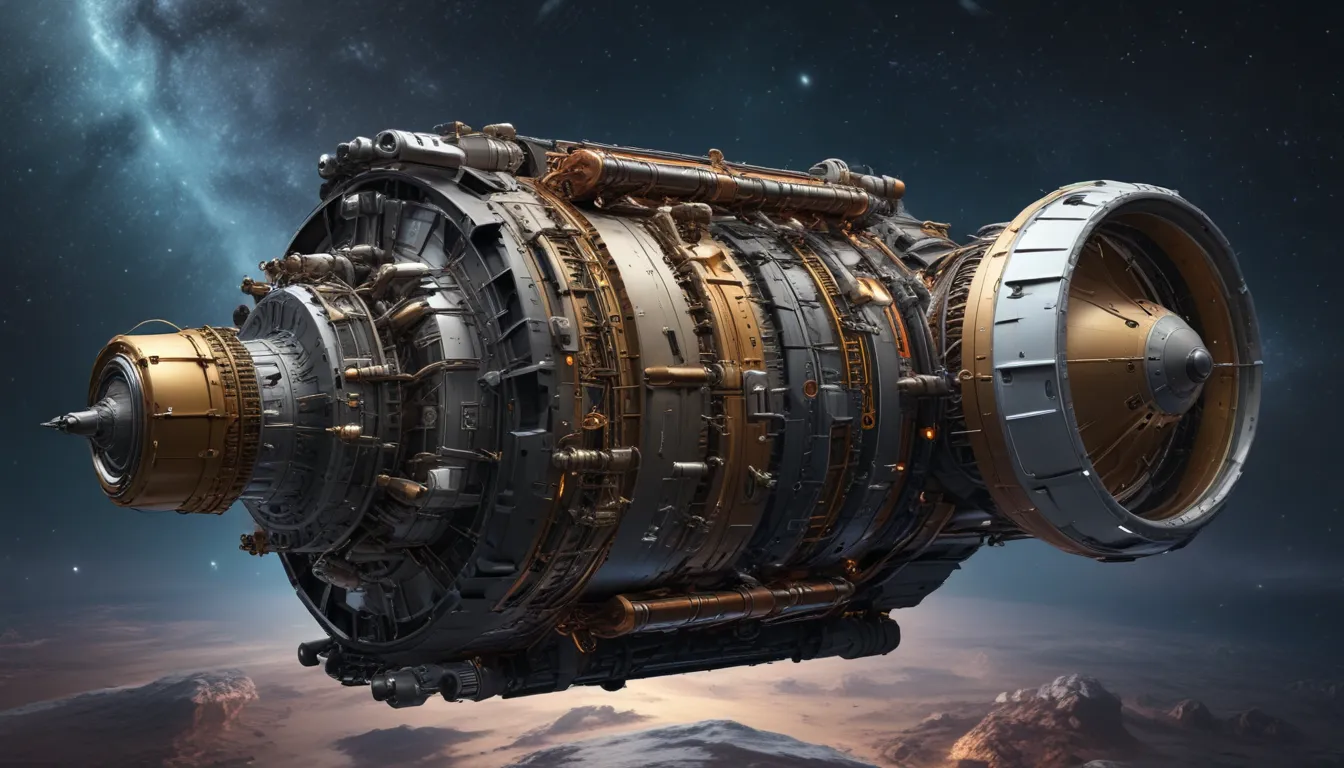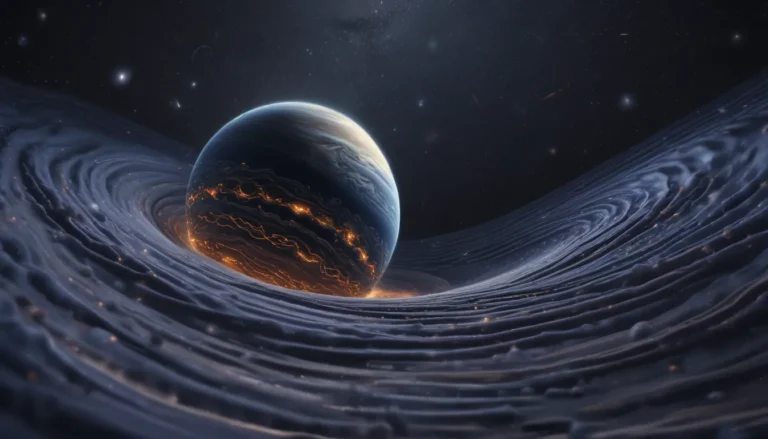The pictures we use in our articles might not show exactly what the words say. We choose these pictures to make you interested in reading more. The pictures work together with the words but don’t take their place. The words still tell you the important facts.
The vast expanse of space has always ignited our curiosity and fueled our desire to explore beyond the boundaries of Earth. At the forefront of space exploration are spacecraft propulsion technologies, the driving force that enables us to venture into the cosmos. From classic chemical rockets to cutting-edge electric propulsion systems, the world of spacecraft propulsion is a fascinating realm filled with innovation and potential.
Unraveling the Mysteries of Spacecraft Propulsion
Spacecraft propulsion technologies play a pivotal role in propelling spacecraft vast distances, defying the force of gravity, and maneuvering through the vacuum of space. In this comprehensive guide, we will embark on a journey through the realm of spacecraft propulsion technologies, uncovering astonishing facts that will captivate and inspire you. From ion propulsion systems to nuclear propulsion concepts, each innovation plays a crucial role in shaping the future of space exploration.
The Revolution of Ion Propulsion Systems
Ion propulsion systems, also known as electric propulsion, have revolutionized long-distance space travel by offering continuous and efficient thrust for extended missions. These systems harness the power of electrically charged particles, or ions, to propel spacecraft through space with precision and efficiency, enabling us to reach new frontiers in space exploration.
Harnessing Solar Power with Solar Sails
Solar sail technology utilizes the power of sunlight to propel spacecraft, utilizing the momentum of photons to provide propulsion without the need for traditional fuel. This innovative technology offers a sustainable and efficient method of propulsion, opening up new possibilities for long-duration missions and interplanetary travel.
Unlocking the Potential of Nuclear Propulsion
Nuclear propulsion systems, such as the Project Orion concept, have the potential to achieve incredible speeds by utilizing controlled nuclear reactions for thrust. This bold concept envisions harnessing the power of nuclear energy to propel spacecraft to unprecedented velocities, offering a glimpse into the future of space travel.
Maximizing Efficiency with Plasma Propulsion
Plasma-based propulsion systems, like the Variable Specific Impulse Magnetoplasma Rocket (VASIMR), offer high efficiency by utilizing superheated gas, or plasma, to generate thrust. These advanced systems provide a powerful and efficient method of propulsion, paving the way for faster and more sustainable space missions.
Exploring the Endless Possibilities of Space Travel
As we delve deeper into the realm of spacecraft propulsion technologies, we uncover a world of endless possibilities for space exploration. From ion thrusters to antimatter propulsion concepts, each innovation brings us closer to the stars and opens up new horizons for human exploration of the cosmos.
Conclusion: Propelling Humanity towards the Stars
In conclusion, spacecraft propulsion technologies are the cornerstone of space exploration, enabling us to push the boundaries of what is possible in the vast expanse of space. From traditional chemical rockets to cutting-edge propulsion systems, each innovation plays a vital role in shaping the future of space travel. As we continue to explore and unravel the mysteries of the universe, spacecraft propulsion technologies will undoubtedly play a crucial role in propelling humanity further and deeper into the wonders of space.
FAQs on Spacecraft Propulsion Technologies
- What is the most common spacecraft propulsion technology used today?
-
Chemical propulsion, which involves the combustion of rocket propellant to generate thrust, remains the most common form of propulsion used in spacecraft launches.
-
How does ion propulsion work?
-
Ion propulsion technology utilizes electrically charged particles (ions) to generate thrust by ionizing a propellant gas and accelerating the ions using electric fields, creating a continuous stream of high-velocity exhaust.
-
What are some propulsion technologies being developed for interstellar travel?
-
Concepts like antimatter propulsion, warp drives, and solar sails are being explored for interstellar travel, offering the potential for faster-than-light travel in the distant future.
-
Are there sustainable propulsion technologies for long-duration space missions?
-
Yes, efforts are underway to develop sustainable propulsion technologies for long-duration space missions, such as solar electric propulsion and nuclear electric propulsion, which offer efficient and prolonged missions.
-
How are spacecraft propulsion technologies shaping the future of space exploration?
- Spacecraft propulsion technologies are revolutionizing space exploration by enabling faster, more efficient missions to explore the cosmos, opening up possibilities for interplanetary and interstellar travel.
Embark on an extraordinary journey through the wonders of spacecraft propulsion technologies, and witness the incredible innovations that are propelling humanity towards the stars. As we continue to push the boundaries of space exploration, the possibilities are truly endless, with each propulsion technology paving the way for a future where the cosmos is within our reach.






